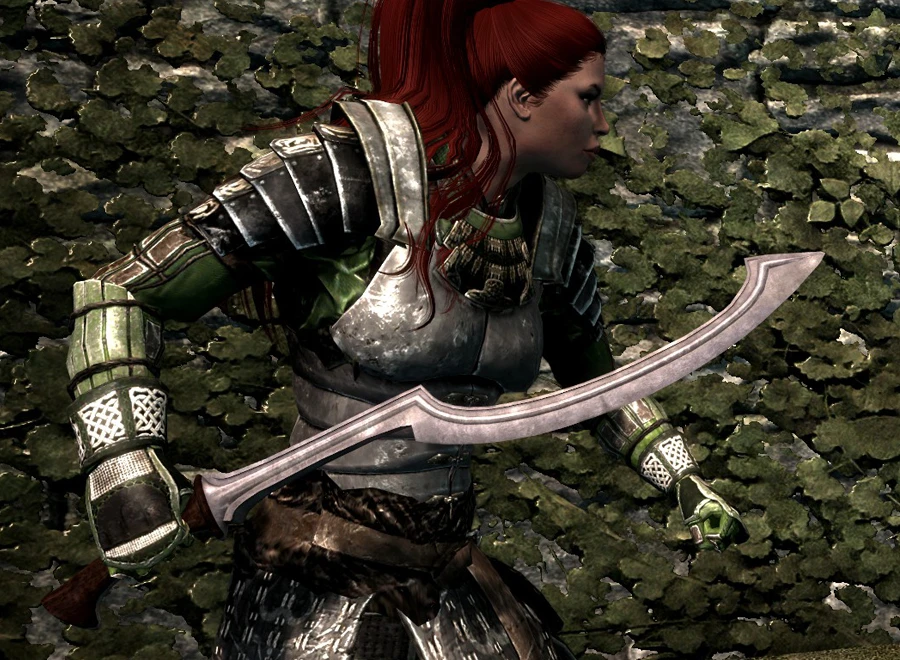TJS
Legendary Pubber
- Joined
- May 5, 2018
- Messages
- 3,714
- Reaction score
- 9,181
I think my favourite approach to D&D class design is in Shadow a Demon Lord.I also think it should be a subclass of Fighter.
In 5e, it would be an archetype. But not just stuck on "light armored noble Savage". Rather as a fighter who focuses on frenzied, reckless attacks and flipping out once in a while. A Berzerker, to be exact.
The whole "lightly armored, swift melee fighter" would just be a style.
You take a basic Class which you pick from Warrior, Cleric, Rogue, and Mage(or maybe mystic - I can't remember what this class is called).
You stay with that until level 3 when you get to pick up a second class - at which point warriors get to pick from Fighter, Berserker, Ranger, Paladin to add to their base class. Later they get to pick a third even more specialised class which is a bit more like 3Es prestige classes.
Last edited:



 ?
? .
.

 I once read that bards are quite present in irish folklore, but I don't even know where the druid shapeshifting thing has came from...
I once read that bards are quite present in irish folklore, but I don't even know where the druid shapeshifting thing has came from...


 ?
?